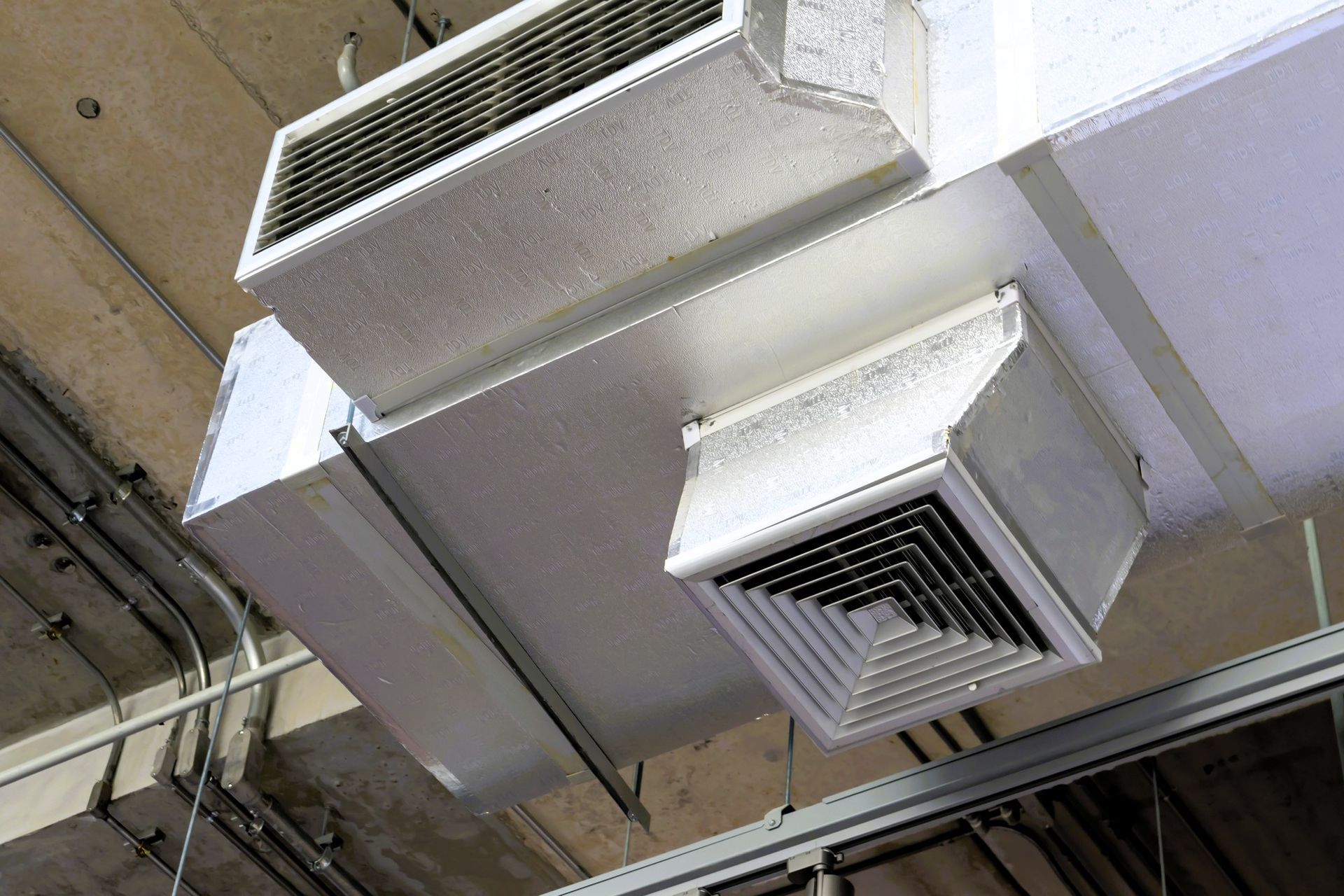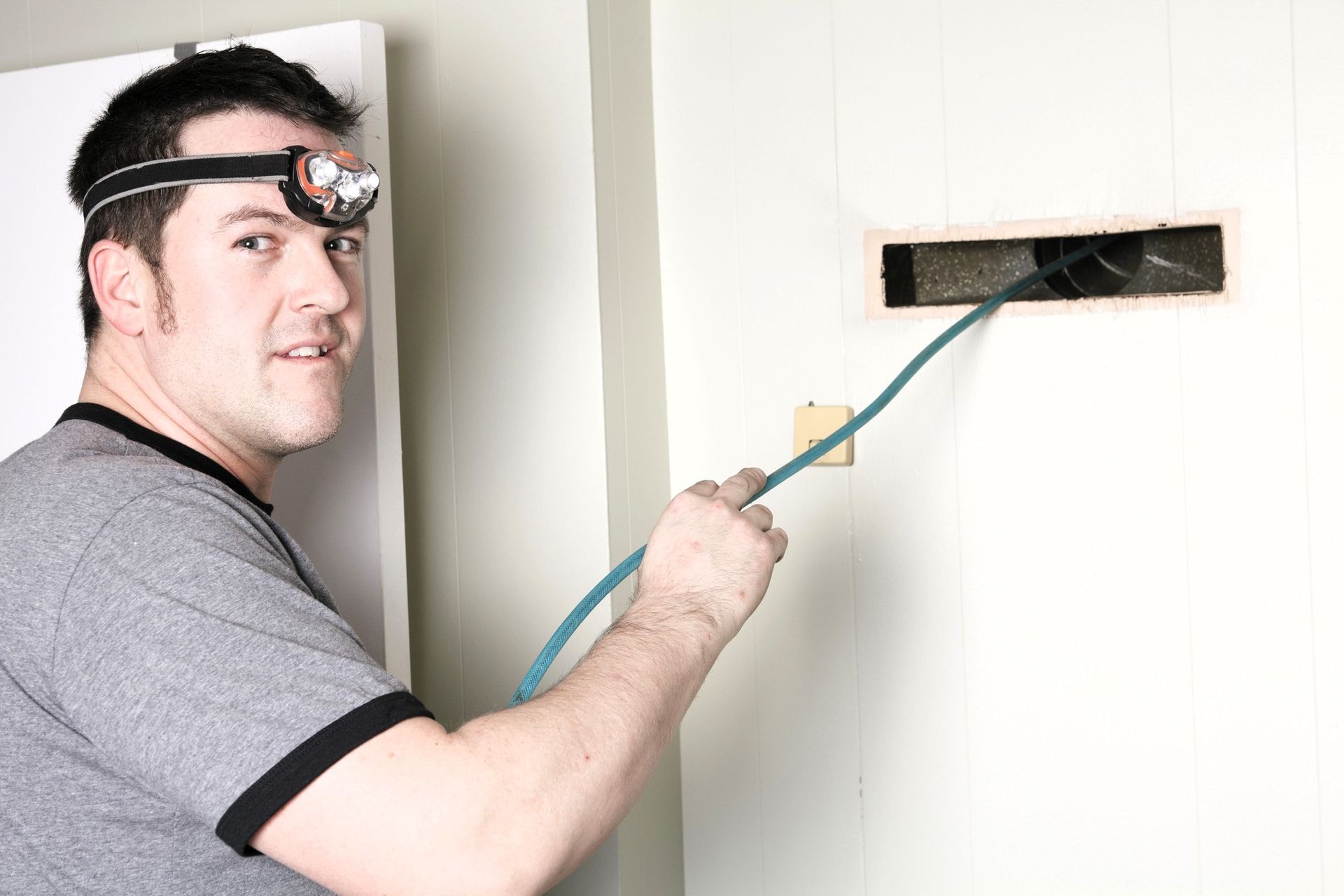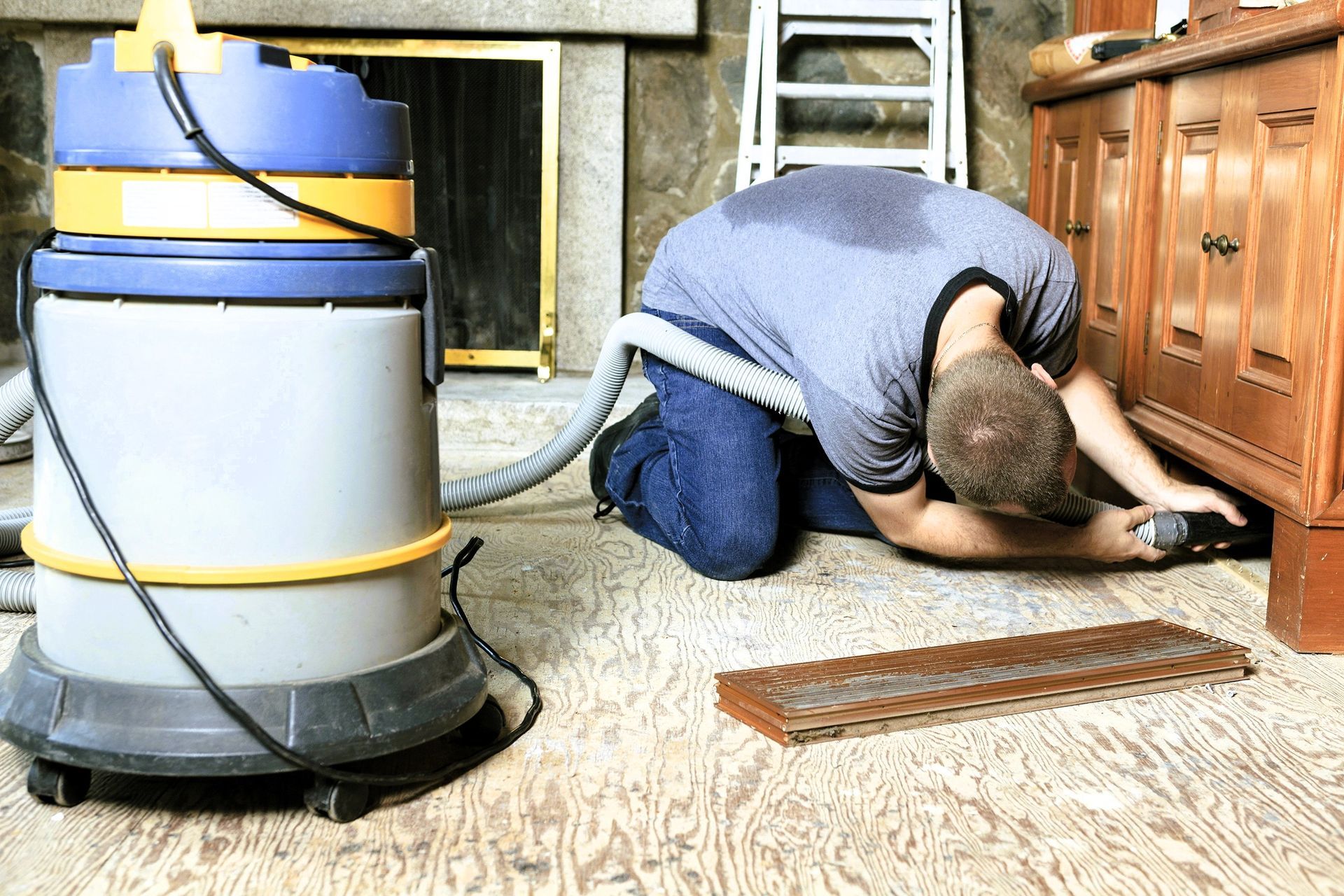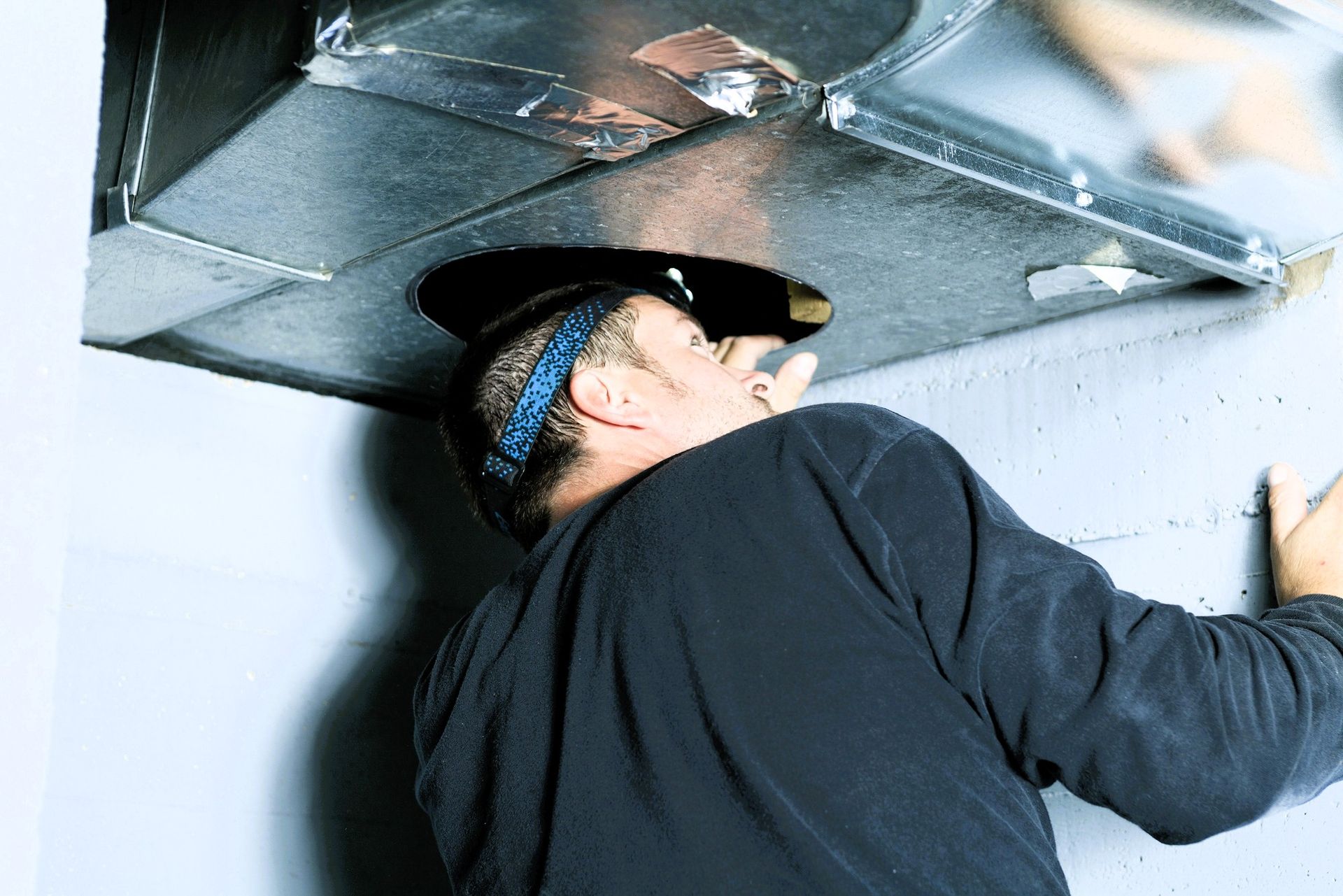4 Household Items That May Be Affecting Your Indoor Air Quality
December 22, 2020
While many people don’t think about it, there are many things in your homes that can be causing a negative effect on your indoor air quality. While many people are quick to identify issues such as poor bathroom ventilation or litter box odors, there are a lot of other not-so-related items that can be causing you to have inferior air quality. Let’s take a look!
1. Air fresheners
Okay, so this may feel like a kick in the pants, huh? After all, you use air fresheners to make your house smell better! But, they may actually be doing more harm than good. This is because they have a lot of chemicals that will congest you as they mask the odors. Fragrance candles are much the same, so don’t let them fool you!
2. Lead paint and asbestos
Long gone are the days where homeowners relied on lead paint or constructed with asbestos materials! However, both of those things are common in older homes. Potentially toxic when inhaled, both of these things are “invisible” to the nose but can seriously impact your indoor air quality if not removed.
3. Cleaning products and glues
Just like air fresheners and other scent enhancers, your cleaning products can also impact your air quality. Many of them contain volatile organic compounds (VOCs) and these can cause lung and breathing problems when used in your home. This is often a terrifying surprise to many who think that buying “natural” and “chemical-free” cleaners is a good solution. Make sure that what you are buying is actually VOC-free!
4. Furniture and soft furnishings
From bed frames to couches to pillows and more, VOCs can also be in upholstery, wood glue and more and leach chemicals into the air that you breathe on a daily basis. It seems strange and confusing how companies can sell furniture that you will keep for 15-20 years that can do that, but it’s very common!
How to avoid poor air quality
If you are looking to keep your home healthy, especially if you have children, the best option is to have an air filter specialist come in and use their tools and training to detect where your home’s air quality is now. With those results, they’ll be able to recommend specific kinds of filters as well as filtering systems and even changes in products to help you improve the air quality in your home.
For your home’s best air health, you’ll want to also make sure that you clean out air filters regularly and/or have regular maintenance done. You can’t be at your best health without healthy air after all!
You’ll also want to make sure that you’ve got a carbon monoxide detector up in your home. Toxins are impossible for us to detect naturally, and it is crucial for everyone’s safety to have one installed in your home.
Many homeowners are surprised to find that their home’s air is as “dirty” as it is, but proper identification of the problem is going to help you make sure that you can transform it into the best version of itself possible!
Visit Grand Rapids Duct Cleaners Facebook page
1. Air fresheners
Okay, so this may feel like a kick in the pants, huh? After all, you use air fresheners to make your house smell better! But, they may actually be doing more harm than good. This is because they have a lot of chemicals that will congest you as they mask the odors. Fragrance candles are much the same, so don’t let them fool you!
2. Lead paint and asbestos
Long gone are the days where homeowners relied on lead paint or constructed with asbestos materials! However, both of those things are common in older homes. Potentially toxic when inhaled, both of these things are “invisible” to the nose but can seriously impact your indoor air quality if not removed.
3. Cleaning products and glues
Just like air fresheners and other scent enhancers, your cleaning products can also impact your air quality. Many of them contain volatile organic compounds (VOCs) and these can cause lung and breathing problems when used in your home. This is often a terrifying surprise to many who think that buying “natural” and “chemical-free” cleaners is a good solution. Make sure that what you are buying is actually VOC-free!
4. Furniture and soft furnishings
From bed frames to couches to pillows and more, VOCs can also be in upholstery, wood glue and more and leach chemicals into the air that you breathe on a daily basis. It seems strange and confusing how companies can sell furniture that you will keep for 15-20 years that can do that, but it’s very common!
How to avoid poor air quality
If you are looking to keep your home healthy, especially if you have children, the best option is to have an air filter specialist come in and use their tools and training to detect where your home’s air quality is now. With those results, they’ll be able to recommend specific kinds of filters as well as filtering systems and even changes in products to help you improve the air quality in your home.
For your home’s best air health, you’ll want to also make sure that you clean out air filters regularly and/or have regular maintenance done. You can’t be at your best health without healthy air after all!
You’ll also want to make sure that you’ve got a carbon monoxide detector up in your home. Toxins are impossible for us to detect naturally, and it is crucial for everyone’s safety to have one installed in your home.
Many homeowners are surprised to find that their home’s air is as “dirty” as it is, but proper identification of the problem is going to help you make sure that you can transform it into the best version of itself possible!
Visit Grand Rapids Duct Cleaners Facebook page








